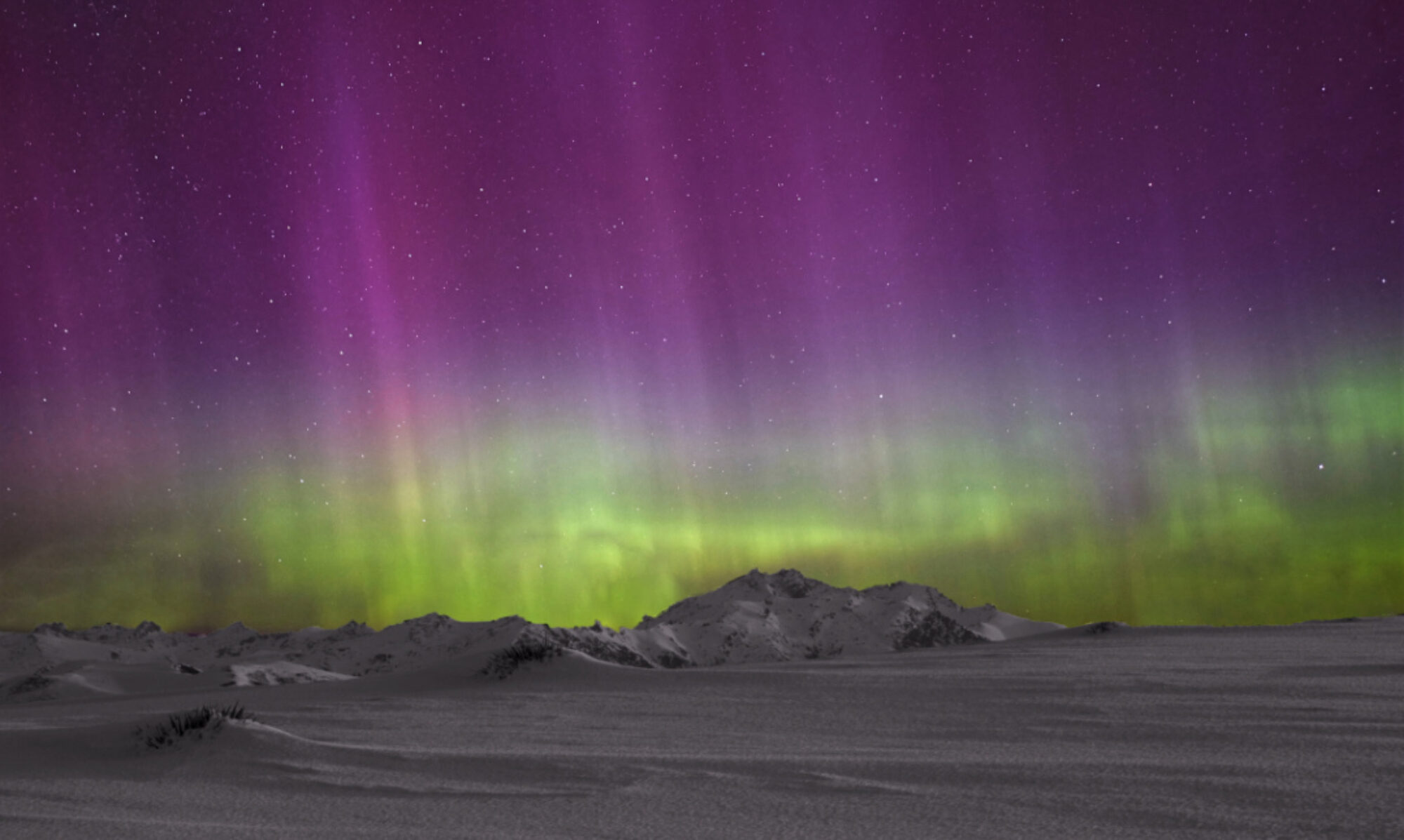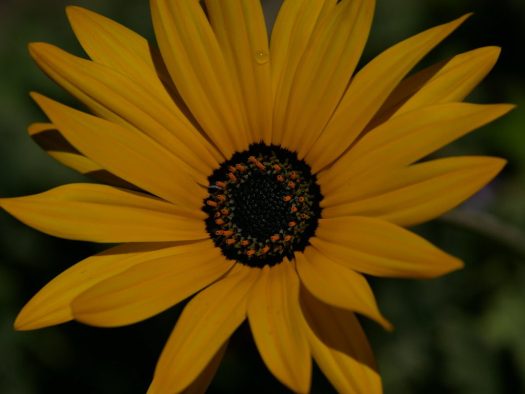I’ve often wondered how this area got it’s name because to me it’s all about wind up on the tops, but then again I’ve not yet seen it’s full extent, especially the northern end around the historic [skiing] Big Hut area.
Recently though I’ve been poking my nose into the southern end, and it’s been enjoyable, despite being chased away by wind recently at about 3am – even after being parked into the gale the noise and rocking made sleep impossible, but that’s another story.
The ascent up from Styx Creek – I call this beautiful place Butterfly Rock…

This is another much larger tor higher up – a bit too high for butterflies

The view to the south…

The view to the north…

I used my 4wd Land Cruiser camper to get up aways to these high spots [google satellite map link], but on encountering a boggy patch and being alone I parked up and climbed on foot up to the left of this very large outcrop, then circled it and came down on the right. It was pretty chilly, so I “called it a day”, and descended, then spent sometime looking for a flat camping spot near where I’d parked, but everything was too steep, so I drove down to my favourite place…

A well earned cold beer and a sunset…
This used to be the Great Moss Swamp, but it was dammed for irrigation in the early 1980’s. Quite a tragedy by today’s reckoning, as it was the largest alpine wetland in the southern hemisphere. Now it’s called the Loganburn Reservoir…
My favourite camping spot at 1006 m above worry level – I call this spot yogi butterfly rock. But don’t be fooled – this is where the wind can be wild and free…
Dawn…
I “found” this a bit by accident while exploring the reservoir’s dam – they’re very private and even sheltered, but you’d best hurry if it’s raining! The crib, or bach as they’re known here is for those prone to fishing for introduced brown trout. The question is posed though: Ladies, gents and ? …
The rocks in the area were used as fence posts in the early days…
This photo was made on my last trip 2-3 weeks ago. The evening started out quite nice, but the ominous clouds heralded some very strong winds, and arrived at 3am, forcing me to move to a more sheltered location 7 km away…
Again from 2-3 weeks ago – the road heading north.. Many of the black and white photos above were made on the high point in the distance…




































































































































































